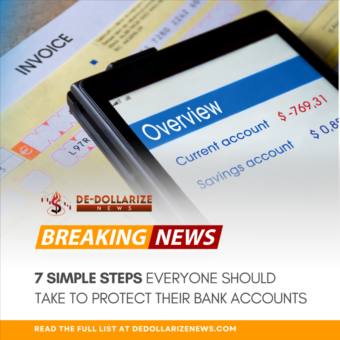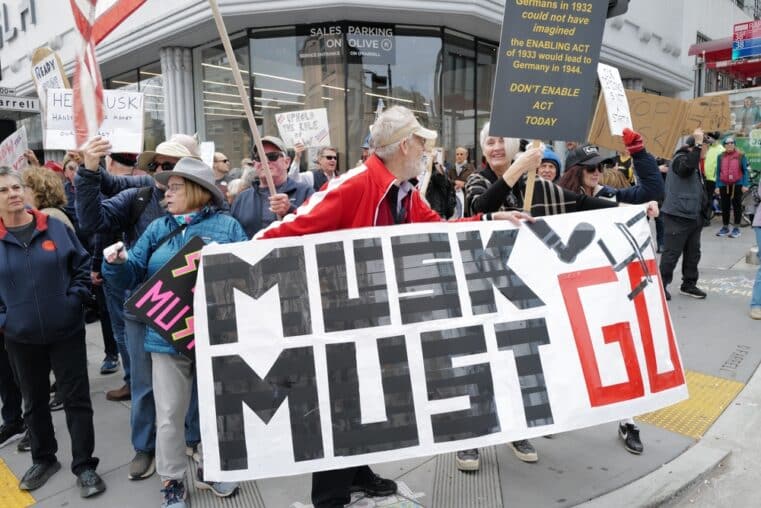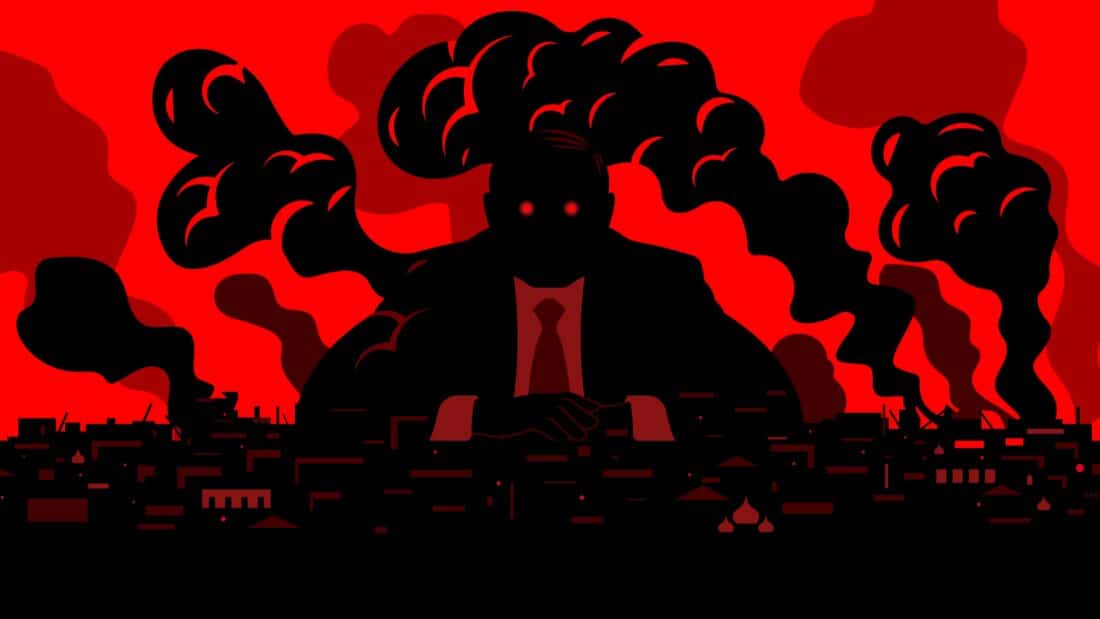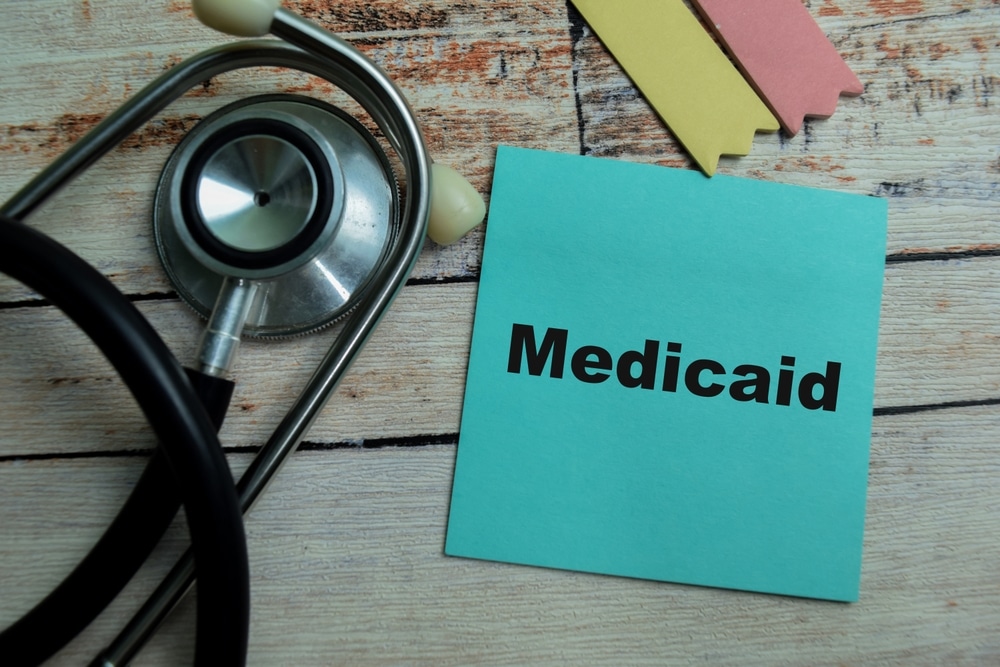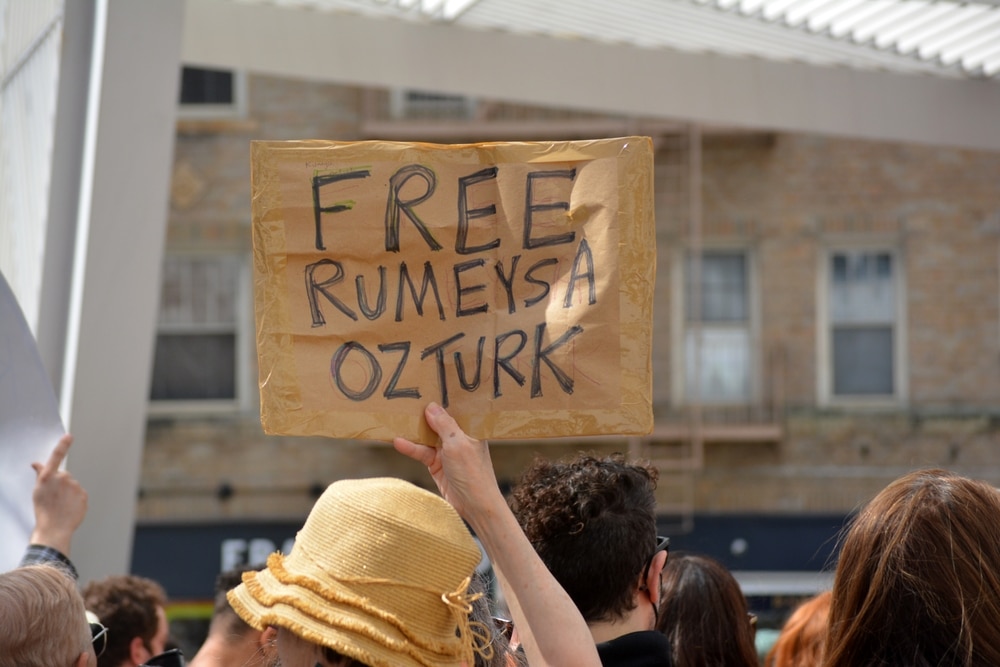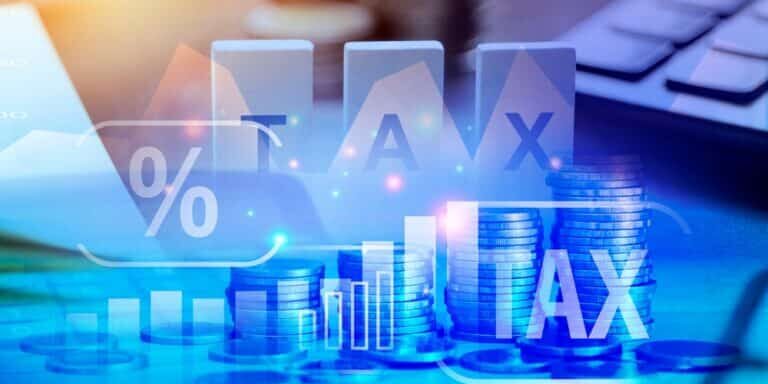
Liberation Day or Inflation Day? The Real Cost of Blanket Tariffs
Liberation or Inflation? The Real Cost of Trump’s 20% Tariff Plan
"Have you ever been promised freedom, only to realize you’re footing the bill for it?"
That’s the core question behind President Donald J. Trump’s proposed 20% blanket tariff—his latest bold maneuver to reclaim America’s manufacturing power and rewire the country’s trade paradigm. Officially dubbed part of “Liberation Day,” this sweeping tariff would tax virtually all imported goods entering the United States. It’s simple. It’s aggressive. And it’s a political masterstroke. But like many populist promises, the devil is in the deficit... and in your grocery bill.
The Simplicity of Sovereignty
From a strategic lens, Trump’s universal tariff is a stroke of political clarity. Instead of picking winners and losers country-by-country, this flat 20% duty avoids exceptions and special interests. For Trump and his America First platform, it’s about restoring control. Control over trade. Over domestic industry. Over monetary policy itself.
Peter Navarro, a senior trade advisor to the president, claims the move could pump an eye-popping $700 billion a year into federal coffers. That kind of war chest would grant Trump the fiscal firepower to pursue industrial revitalization, infrastructure, or even further tax relief.
And there's another layer beneath the headlines: simplification. America’s current Harmonized Tariff Schedule is a 99-chapter monstrosity—an incoherent relic of bureaucratic entanglement. A universal tariff nukes the red tape and sends a loud message: America is no longer open for exploitation.
But as always, when Washington prints the narrative, Main Street pays the invoice.
Economic Blowback: What the Data Tells Us
Let’s talk numbers. Yale’s Budget Lab estimates this blanket tariff would spike inflation by over 2%. That means a $3,400–$4,200 reduction in household purchasing power—assuming the Fed doesn’t tighten interest rates in retaliation. Add that to an already fragile cost-of-living environment, and the average American might feel more punished than liberated.
The Tax Foundation estimates the blanket duty amounts to an effective tax hike of $2,045 per household. That’s not "making America great again"—that’s making dinner more expensive.
And here’s where it gets concerning: layering this 20% over current tariffs would catapult the effective U.S. rate to 32.8%—the highest since 1872, back when Ulysses S. Grant was president and the economy ran on gold and grit.
Even Trump-friendly groups like the Coalition for a Prosperous America admit the price tags on consumer goods will rise. So the question becomes: is this a strategic reset or a self-inflicted recession?
Tariffs as a Trojan Horse for Monetary Reform?
Now here’s where things get interesting—and potentially hopeful. What if this isn’t just about trade? What if these tariffs are the opening salvo in a broader campaign to detach America from a globalist monetary order?
Remember, Trump’s broader agenda has always hinted at economic sovereignty—gold-backed Treasury bonds, de-dollarization of trade deals, and the neutering of the Federal Reserve’s stranglehold on our economy.
If this universal tariff is the first brick in dismantling the Fed-backed fiat empire, it may be a bitter pill with long-term benefits. It forces a reckoning—one where America rebalances its trade deficits and breaks its dependency on inflationary monetary policy.
But for this vision to work, tariffs must be paired with sound money reforms—real ones. Not just revenue grabs, but structural shifts: gold revaluation, Treasury-backed currency, and a rollback of central bank overreach.
Otherwise, it’s just more centralized control dressed up as patriotism.
The Road Ahead: Strategic Gamble or Economic Trap?
In classic Trump fashion, we’re left with a cliffhanger. He refuses to confirm specifics—“You’re going to see in two days,” he teased the press. It’s a high-wire act that leaves markets jittery and consumers bracing.
The political upsides are clear: fewer loopholes, less lobbyist interference, and a narrative of strength. But economically, it’s a gamble. The question is whether Trump will double down with a gold standard reset—or leave us holding the bag for a populist pricing scheme.
Either way, Liberation Day may come at a cost—and you’ll be paying it at the checkout line.
The financial landscape is shifting faster than most realize, and those who fail to prepare risk being left behind. If you’re ready to take control of your financial destiny, I’ve got two resources that can help you start today:
📘 Download my free digital guide, "Seven Steps to Protect Your Bank Accounts", and learn how to shield your wealth from inflation and regulatory overreach.
👉 Click here to get your free copy
📗 Prefer a hardcover read? Grab "The End of Banking as You Know It" by Bill Brocius—discounted to just $19.95 (usually $49.95).
👉 Order your copy now
Because when politicians play chess with your economy, the best move is to flip the board before they corner your king.

